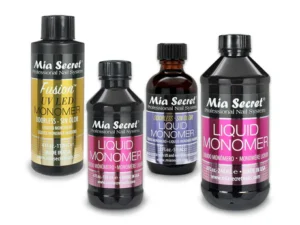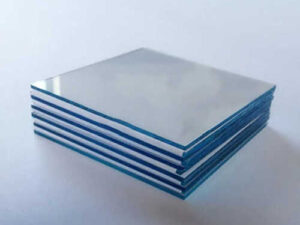Description
Unveiling the Magic: Understanding Lithographic Developer Solutions
Lithography, a printing method leveraging the principle of oil and water repulsion, is a cornerstone of modern manufacturing. From newspapers to packaging to the intricate circuitry of microchips, lithography plays a vital role. But the beautifully detailed images we see wouldn’t be possible without a crucial component: the lithographic developer solution.
This unsung hero of the printing process is a complex chemical mixture designed to selectively remove unexposed areas of a photosensitive coating on a lithographic plate, revealing the desired image. Without it, the latent image created by exposure to light would remain hidden, rendering the plate useless.
So, what are these developer solutions and how do they work their magic?
At its core, a lithographic developer is typically an aqueous solution, meaning water-based. However, the specific composition can vary significantly depending on the type of lithographic plate and the desired characteristics of the final print. Key ingredients often include:
- Developing Agents: These are the primary workers, responsible for dissolving or removing the unexposed areas of the photosensitive coating, often referred to as the resist. The choice of developing agent depends heavily on the type of resist used.
- Solvents: These help to dissolve the developing agent and facilitate its penetration into the resist layer. They also contribute to the overall cleaning action of the solution.
- Surfactants: These reduce the surface tension of the solution, allowing it to spread evenly across the plate and ensuring uniform development.
- pH Buffers: Maintaining the correct pH level is vital for optimal development. Buffers help to stabilize the pH and prevent unwanted reactions.
- Additives: Various additives are used to fine-tune the developer’s performance, such as anti-foaming agents, sequestrants to prevent mineral deposition, and even agents that impact image contrast.
The Development Process: A Carefully Orchestrated Dance
The development process itself is a delicate balance of chemical and physical actions. After exposure to a pattern of light, the lithographic plate is immersed in or sprayed with the developer solution. The developing agents selectively target the unexposed areas of the resist, breaking them down and dissolving them. This process reveals the underlying surface, which can then be used to transfer the image onto a substrate like paper or silicon.
Types of Lithographic Developers: A Spectrum of Applications
Just as there are various types of lithographic plates and resists, there is a corresponding diversity in developer solutions. These can be broadly categorized as:
- Alkaline Developers: Commonly used for negative-working resists, which become insoluble in exposed areas. The alkaline developer dissolves the unexposed, soluble areas.
- Acidic Developers: Primarily used for positive-working resists, which become soluble in exposed areas. The acidic developer dissolves these exposed areas.
- Solvent-Based Developers: Employed when water-based developers are incompatible with the resist material or when specific development characteristics are required.
Beyond these broad categories, developers are often tailored to specific applications, such as:
- Printing Plates: Developers for printing plates need to be robust and capable of handling high volumes of printing.
- Microfabrication: Developers used in microfabrication, for creating integrated circuits, require extremely high precision and purity.
Challenges and Future Development
Developing lithographic solutions is not without its challenges. Environmental concerns surrounding the disposal of spent developer are a significant driver of innovation. Research is ongoing to develop more environmentally friendly and sustainable developer formulations, including aqueous developers with reduced VOCs (volatile organic compounds) and recyclable developers.
Furthermore, the ever-increasing demands of the microelectronics industry are pushing the boundaries of developer technology. As feature sizes on microchips continue to shrink, developers must become even more precise and capable of producing extremely fine and well-defined patterns.
In conclusion, lithographic developer solutions are critical to the success of the lithographic process. These complex chemical mixtures selectively remove unexposed areas of the resist, allowing for the creation of intricate and detailed images. While challenges remain, ongoing research and development are driving innovation and paving the way for more sustainable and high-performance developer solutions in the future.









Reviews
There are no reviews yet.